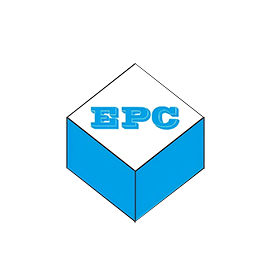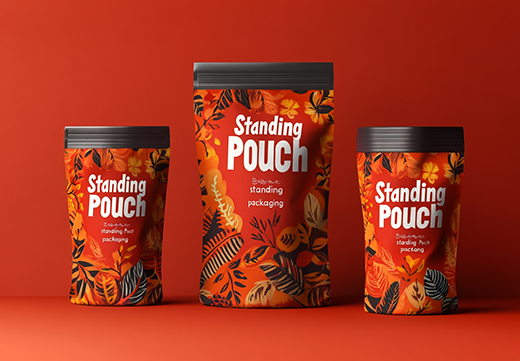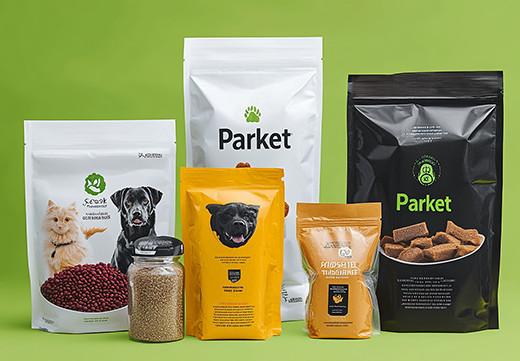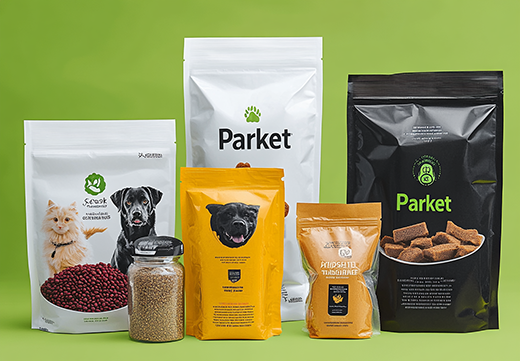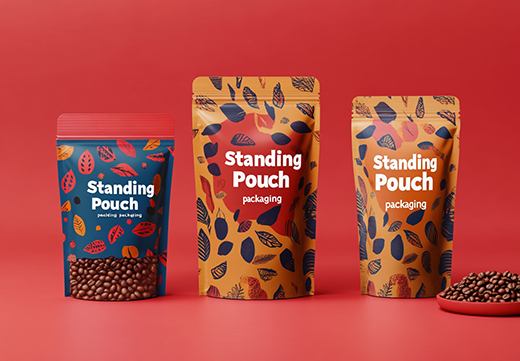Crafting Impactful Food Packaging: A Strategic Approach
Food packaging serves multiple critical functions—it protects products, facilitates logistics, communicates brand values, and influences purchasing decisions. Designing packaging that excels in all these areas requires careful planning and a deep understanding of both product needs and consumer behavior.
1. Prioritizing Functional Design
Effective packaging must balance protection with accessibility. Key considerations include:
Durability – Ensures safe transit while preventing damage or contamination.
Ease of Use – Features like resealable zippers, tear notches, and ergonomic shapes enhance convenience.
Material Efficiency – Avoids excessive packaging while maintaining structural integrity.
For example, flat-bottom pouches with resealable closures offer both stability and reusability, reducing waste and improving user experience.
2. Form and Structure: Standing Out on Shelves
A package’s shape plays a crucial role in shelf appeal. Unique forms can attract attention, but functionality should never be compromised. Successful designs consider:
Stability – Ensures the package stands upright or stacks efficiently.
Ergonomics – Easy to hold, open, and store.
Brand Consistency – Distinctive shapes that align with brand identity.
Custom die-cut windows, asymmetrical designs, or innovative opening mechanisms can differentiate products while maintaining practicality.
3. Visual Communication: Colors, Imagery, and Psychology
Packaging design must instantly convey a product’s purpose and appeal to its target audience. Strategic visual elements include:
Color Psychology – Warm tones (red, orange) evoke energy, while cool hues (blue, green) suggest freshness or health.
Imagery – High-quality photos of the product or its benefits (e.g., "farm-fresh" illustrations) build trust.
Typography – Clear, legible fonts for key information (ingredients, certifications) and stylized text for branding.
For instance, organic snacks often use earthy colors and minimalist designs to emphasize natural qualities, while indulgent treats may feature bold, vibrant graphics.
4. Strengthening Brand Identity
Consistent packaging reinforces brand recognition and loyalty. Best practices include:
Unified Design Language – Repeating logos, color schemes, and typography across product lines.
Storytelling – Highlighting brand values (sustainability, premium quality) through packaging narratives.
Seasonal or Limited Editions – Temporary designs can drive excitement without diluting core branding.
A cohesive strategy ensures customers easily identify products and associate them with positive experiences.
5. Sustainability as a Design Principle
Modern consumers prioritize eco-friendly packaging. Sustainable solutions include:
Recyclable or Compostable Materials – Kraft paper, biodegradable films, or mono-material structures.
Lightweighting – Reducing material use without sacrificing protection.
Refillable or Reusable Designs – Encouraging long-term use.
Brands that integrate sustainability into packaging design often see stronger customer loyalty and compliance with evolving regulations.
Final Thoughts
Great food packaging merges functionality, aesthetics, and brand strategy. By focusing on user experience, shelf impact, and sustainability, brands can create packaging that not only protects but also persuades.
